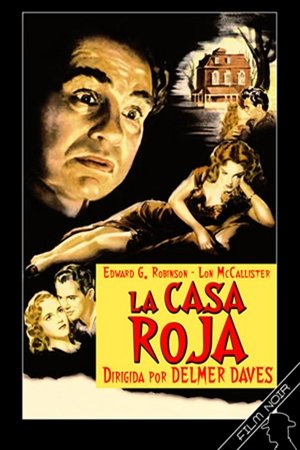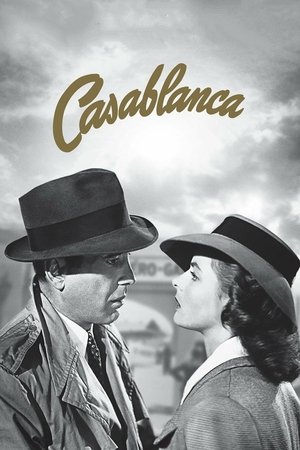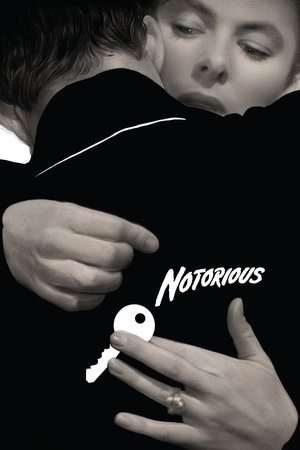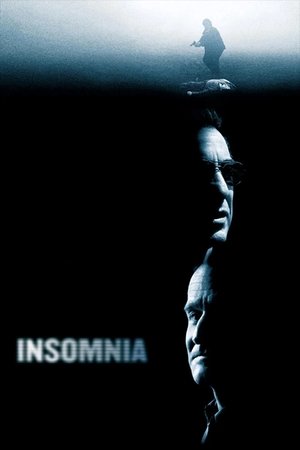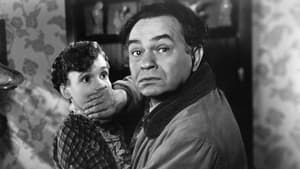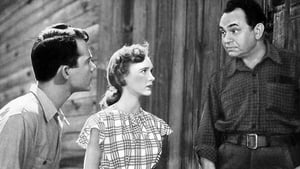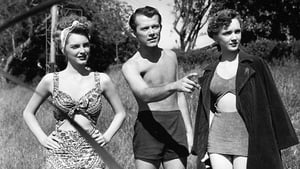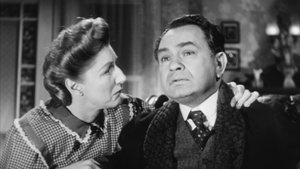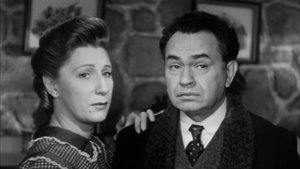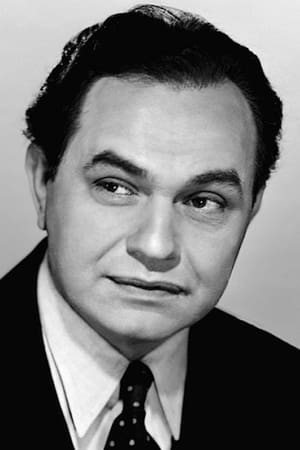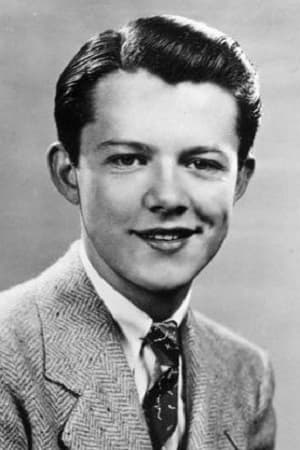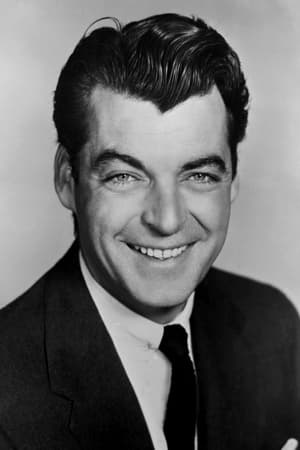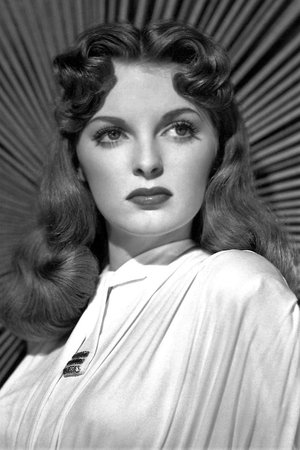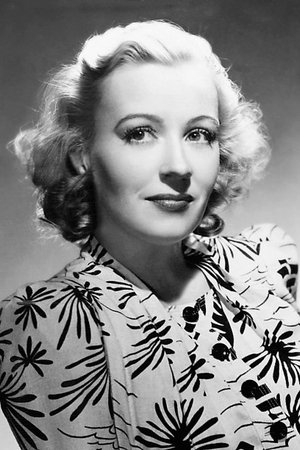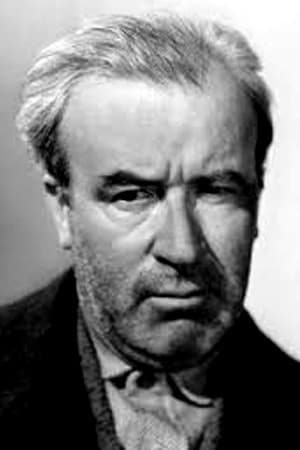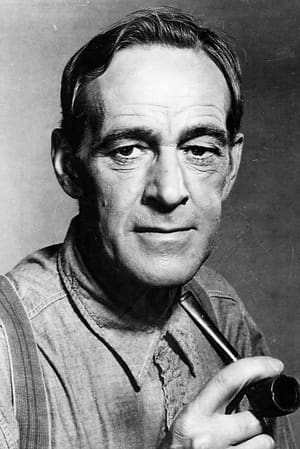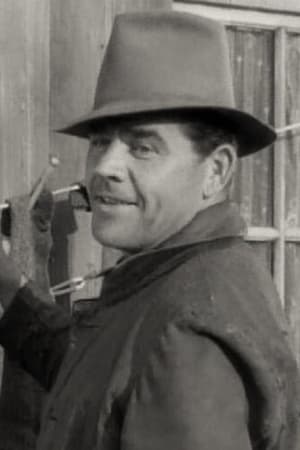-
Steve
The Red House is one of the first rural noirs. Some casual noir fans may be surprised that so many noir stories take place outside the rain-soaked dark alleys of the city. "Rural noir" has been happening since the beginning of the noir movement with Albert Dekker crawling out of a abandoned mansion in the swamp in Among the Living. It continued on with some truly great films like the atmospheric greats Moonrise and On Dangerous Ground (that one at least starts in the mean streets of the city). And as Gary notes at NoirWorthWatching, Rural noir is as big as it ever was. The Red House is perhaps the most well known of the bunch due to it being in the public domain. And --like Too Late for Tears -- was available in nearly every bargain film noir DVD collections released. Every collection had the same copy. It looks like the movie was fished out of Edward G. Robinson's sunken car after the movie wrapped. (As I mention below, that's not necessarily a bad thing.) This year, along with many other noir, it was re-released on DVD in great shape. Unfortunately, this isn't the best Rural noir or Edward G. Robinson film noir. But it is worth a look again thanks to the films strangeness. First, the teenagers in the film. All the actors seem to be the right age except for the second billed Lon McCallister. His crow's feet and receding hair line made me think he should probably consider the advantages of a reverse mortgage when he starts blabbing on about buying a little house with Julie London. His scenes with his single mother reach David-Lynch levels of creepiness. Like when he kisses his mother full on the lips before insisting she have fun on her honeymoon. Writers try to explain his age by saying that farm boys went to high school years longer due to having to take so much time off to take care of the family farms. London was one of the inspirations for Jessica Rabbit (along with Rita Hayworth's Gilda and Veronica Lake's peek-a-boo hair). You'll quickly figure out what parts when London strips down for a swim with Lon. She literally steals every scene she's in. London would quickly change tracks in her career focusing on her lounge act, with occasional acting roles. The rarely-seen The 3rd Voice is one worth seeking out. Being the body for Jessica Rabbit and the ex-wife of Jack Webb is enough to make her film noir royalty. I'm old enough to remember her as Dixie on Emergency! and I could never understand why men where jumping through hoops over the older cigarette-aged nurse on the show. Trivia: London got the Emergency! gig so producer Webb wouldn't have to pay her any more alimony. Allene Roberts plays the adopted daughter of Robinson and Judith Anderson. She has one of those breathy teenage girl voices that EVERY girl had in movies around this time. It's annoying. But she does a very good job as a troubled coming-of-age girl. For anyone that thinks the 40s were a more innocent time should check out The Red House. All the girls are sexualized, with Roberts walking around in tight sweaters an bullet bras -- and she's the good girl. Not to mention 20-something Rory Calhoun picking up high-school aged London. (Calhoun is unfortunately known today as an odd Simpsons reference) As for the adults, Robinson and Judith Anderson first appear to be husband and wife. In fact they are brother and sister -- his sister giving up her life for her brother. Their daughter turns out not to be their daughter. Without giving away too much, it's clever how the film makers make us assume their relationships when really it's much darker. Robinson's best film noir roles were all right around this time. The Stranger, Scarlet Street, Woman in the Window, Key Largo and Double Indemnity all were released within 5 years of this one. All are superior to this. I will say he does his bug-eyed crazy acting that reminds me of his gangster films like Little Caesar. Anderson isn't given much to do. Which is a shame. She does have a moment when she demands to know if teenage Roberts was touched by her brother. Moments like that are creepy but probably not in the way the film makers intended. The direction (by Delmer Daves -- director of Dark Passage also in '47) is surprisingly flat and the music -- especially the romantic, innocent music over the teenagers scenes-- is so generic that its clear no thought was put into the soundtrack. The film reminds me a bit of Blue Velvet-- where everyday life is stripped away to reveal horrible secrets and violence. But it's nowhere near in the same league. Worth a watch though and the ending is satisfying. one final note: Advantages of a bad print. I will say that I enjoyed this movie more watching a bad print of it. It gave it a more chilling quality. Cleaned up beautifully on DVD is great, but the film actually loses some of it's mystery. The same could be said for other movies I watched for years like Key Largo and Foreign Correspondent. The copies I first saw appeared like the film was recovered from the wreckage of the movies actions, left out in the rain, put through a broadcast filmchain and transferred to video. www.noiroftheweek.com
-
John Chard
I fought fate 15 years ago and I lost. The Red House is directed by Delmer Daves who also adapts the screenplay from the novel written by George Agnew Chamberlain. It stars Edward G. Robinson, Judith Anderson, Lon McCallister, Rory Calhoun, Allene Roberts and Julie London. Music is scored by Miklós Rózsa and cinematography by Bert Glennon. Pete Morgan (Robinson) and his sister Ellen (Anderson) struggle to conceal the secret of the red house in the woods from Meg (Roberts), their adopted teenage daughter... What lurks in the darkness? Part horror thriller, part noirish fairytale, The Red House is very much hard to clearly define. Which is actually OK. Over the years it has built up a good reputation with film noir critics whilst struggling to convince a new age public viewing it courtesy of naff public domain prints. Now newly remastered on DVD and Blu-ray (truth be told nothing is gained from the Blu-ray print, the DVD print is pretty much the same quality), Delmer Daves' film can be seen in all its atmospheric glory. Things start off brightly, a splendid countryside, a burgeoning teenage love and the chirp of mother nature. Then we get introduced to Pete Morgan, in an off kilter shot, and from there on in everything else is either unhealthy in the present or troubled by the past. Any relationship not involving Meg, who is curious and "finding her sexuality", doesn't sit right. The Morgan's, the brother and sister with guilt, regret and longings seeping from every pore, young Nath Storm (McCallister) and his mother, where he seems to call the shots and a farewell kiss is all too long, and the sexualised Tibby (London), who doesn't see the danger of pairing off a battle for her affections between Nath and moody older boy Teller (Calhoun), the latter of which has been given carte blanche by Pete Morgan to stalk the woods like some shotgun wielding predatory keeper of the woods' secret. Trespass At Your Own Risk. The director ensures that all and sundry are in fear of the woods, and sure enough, whenever the story switches to that area, the eerie factor is pumped up. Glennon brings the chiaroscuro and Rózsa brings the nightmarish aural strains (oh that darn theremin flicks away at the spine). The atmosphere firmly in place, we know that it is a place of emotional discord, of pain, hurt and damage psyche's. While the red house itself, and its annexe, are places where bad fairy tales were born. Places, in fact, that prove you just can't escape your past. Ox Head Wood! The problem the film has is that it's very obvious quite early on in the story just what the problem is. Those in need of a mystery to be solved, or even a longing for a supernatural element, will struggle to last the course of what is too long a running time. But as a whole this does provide good suspense and unease, with the noir touches proving absolutely dynamite for fans of that persuasion. The cast are very good, with Robinson doing superb angst and fear, while the efforts of Daves, Glennon and Rózsa showcase the best of their respective skills. It's a thoroughly enjoyable picture to enjoy by the fire on a cold winter night. Double it up with The Spiral Staircase or Night of the Hunter, for although it may not be as good as either of those films, it is more than worthy (perfect) as an appetiser. 7.5/10
-
CinemaSerf
This is one of those films where the sum of the parts - Edward G. Robinson ("Pete"); Judith Anderson ("Ellen"); the lighting; the cracking score from Miklós Rózsa alongside the newbies in Lon McCallister ("Nath") and Allene Roberts ("Meg") all combine to give us a really taut, tense thriller that really does keep you interested all the way through. Rory Calhoun features in a slightly distracting sub-plot, but otherwise we are never quite sure why "Pete" is obsessed with keeping "Meg" from their local woods - where she thinks she hears screaming. The tension builds as their idyllic family relationship starts to crack as she takes a bit of a shine to their newly hired helper "Nath" and he starts to encourage her to act and think for herself. Robinson is great in this, particularly juggling the roles of affectionate father with someone who clearly has some sort of terrible secret to keep; and as ever Anderson thrives in the less-is-more style of performance, I was slightly disappointed with the ending, but the pace of the story augmented with some great, eery lighting and sound effects makes for a good watch.
please Login to add review
